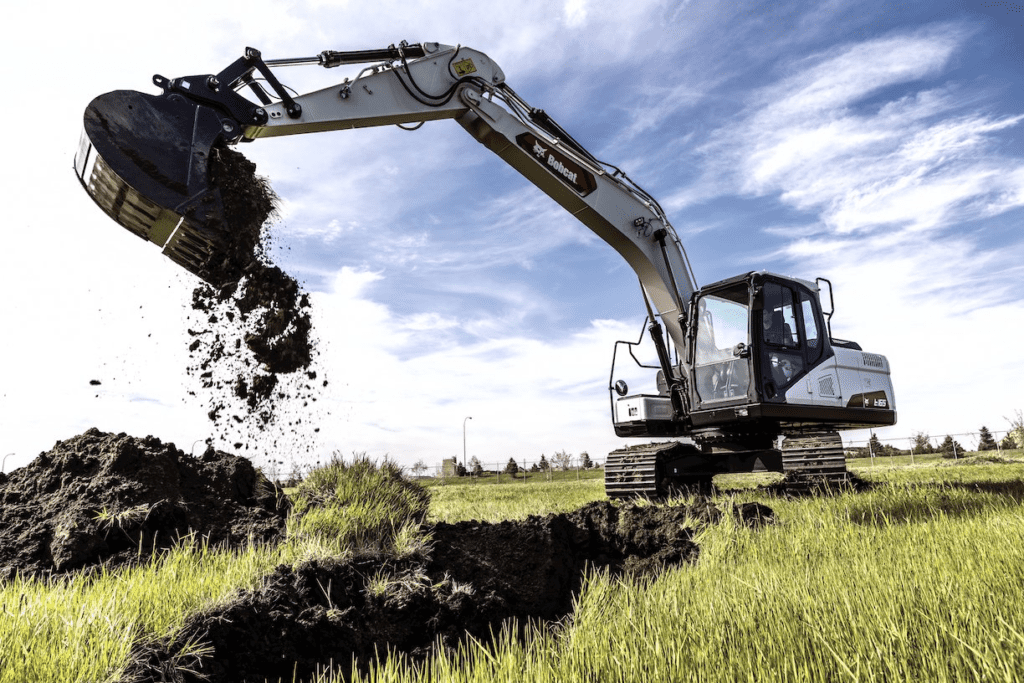Are you looking to buy or rent an excavator for your on-site jobs but unsure about which type will be ideal? Depending on which task you intend to use the excavator for, there are different types, meant for different purposes. Before we get into these various types, let’s understand what an excavator is.
Excavators are a versatile and powerful piece of equipment for various on-site jobs including mining, construction, dredging, demolition, building projects, etc. They either have tracks or wheels that allow you to easily move them across the job site. Generally, an excavator operates at maximum efficiency to improve the efficiency and productivity of your team and meet the project requirement.
What type of excavators do you need?
The type of excavator you’ll need depends on the job you want to use it for. Will you be digging on rocky terrain? A crawler may be the ideal option. Will you be working on a mining or construction project? A backhoe is the best option for you. While some excavators are great for heavy-duty jobs, others may not. Nevertheless, you will always find the ideal excavator for your job needs.
So, let’s dig a little deeper into the different types of excavators and their respective uses.
Mini excavators
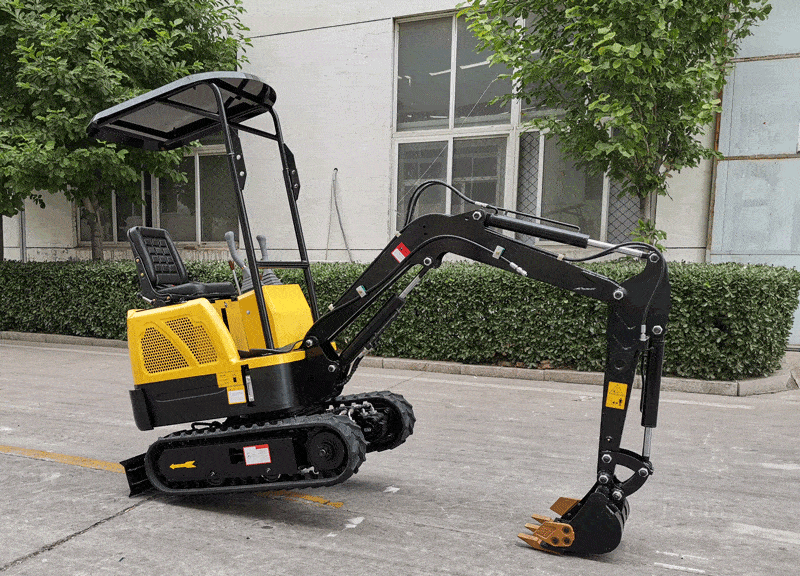
Mini excavators are also called micro excavators, compact excavators or mini diggers with their compact design, which are becoming popular among contractors because they are easy to use indoors and in tight spaces. This mini digger excavator has a compact size that makes it easy to maneuver in residential yards and tight spaces and even when not in use, is easy to maintain so that it is ready to work efficiently at any time.
A mini excavator will come in handy for grading, trenching, breaking concrete, and other small projects.
Zero tail excavators
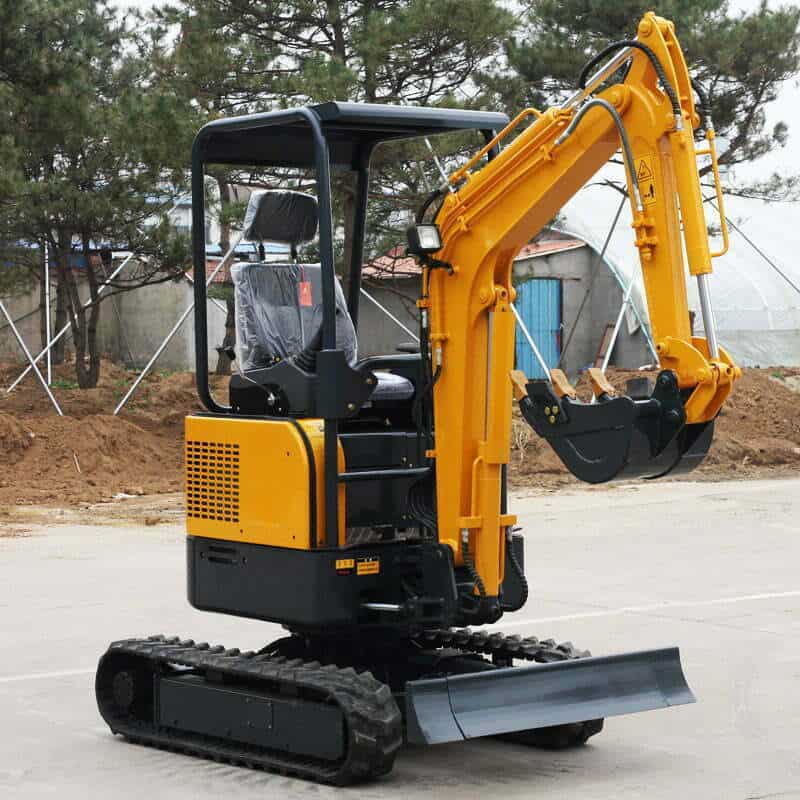
For a zero-tail digger excavator, the cab or the body does not go beyond the vehicle’s tracks as it rotates. The compact size of this zero tail excavator makes it flexible to pass through a narrow space and even turn within a short radius.
It is especially useful to use in a confined space.
Wheeled excavators

As the name suggests, a wheeled excavator runs on wheels, which makes it ideal to work on hard or flat surfaces like asphalt or concrete terrain. The wheel excavator moves fast from one site to another and is easy to maneuver on even surfaces, making it ideal for urban projects, road work, utility installation, etc. However, they wouldn’t perform effectively and efficiently on soft soil, hilly areas, and uneven terrains. Unlike some excavators that require you to haul them on a trailer to the job site, you can drive a wheeled excavator from one job site to another and save yourself time and money.
Backhoe excavators

The backhoe excavator is one of the most used excavation machines worldwide because of its versatility. If you want a machine that can excavate soil in mining or construction, remove waste from the job site, or handle some landscaping tasks, then a backhoe excavator is your ideal pick.
This machine is almost like the standard excavator except that it has its boom attachment on the back, a large bucket in the front, and rotates at 205 degrees instead of 360 degrees.
In addition to digging, leveling, and grading soil, if you should consistently dispose of waste from your job site, a backhoe excavator is a good choice for this purpose. Plus, you can pair it with other excavation tools attachments for other applications.
Standard or Crawler excavators
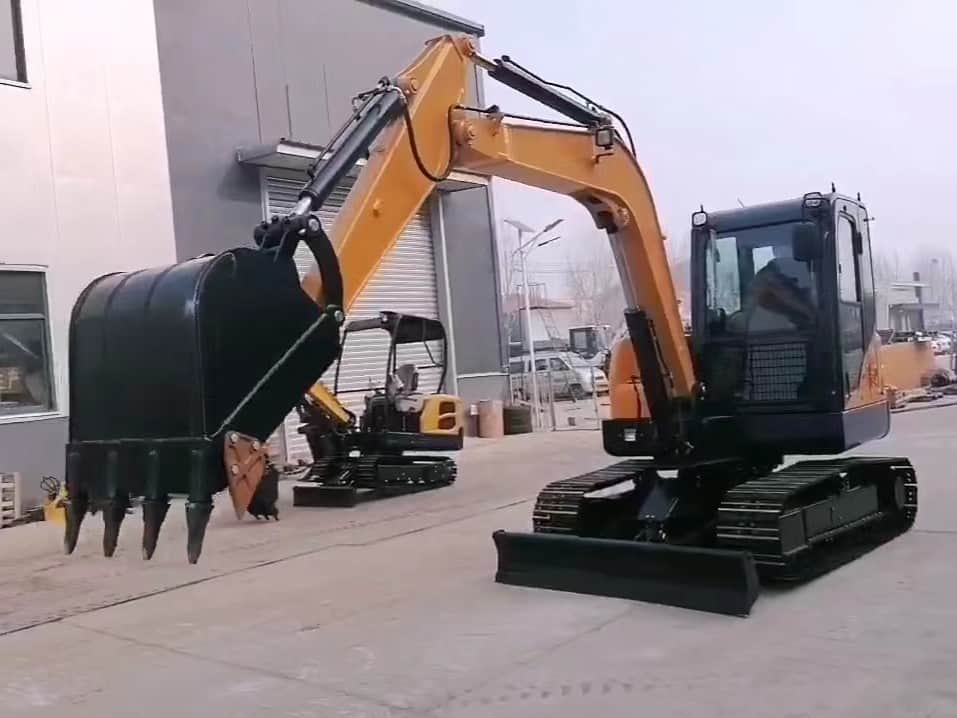
Unlike some of its counterparts that run on wheels, crawlers run on two tracks made from a chain-wheel system, which offers traction on rough or muddy landscapes, and hilly or uneven surfaces so that you may be able to scale or slide downhill without losing balance.
For instance, this 6ton crawler excavator has impressive flexibility and balance that works for different applications including construction work, demolition, moving earth, mining, hauling heavy materials, moving debris, etc.
Additionally, they are compatible with different excavation attachments for cutting, ripping, boring, etc.
So, this may be the ideal choice for you if you need a general-purpose excavator that can handle minor and medium-duty jobs.
Dragline excavators

A dragline excavator is larger than other excavators and is mostly used in large-scale applications for surface mining and civil engineering projects. This type features a hoist rope system and a dragline with a digging depth of about 213 feet or more, making it ideal for canal dredging, harbor construction, surface mining, and underwater excavating.
As a result of their heavy weight, you may have to assemble them on-site.
Suction excavators
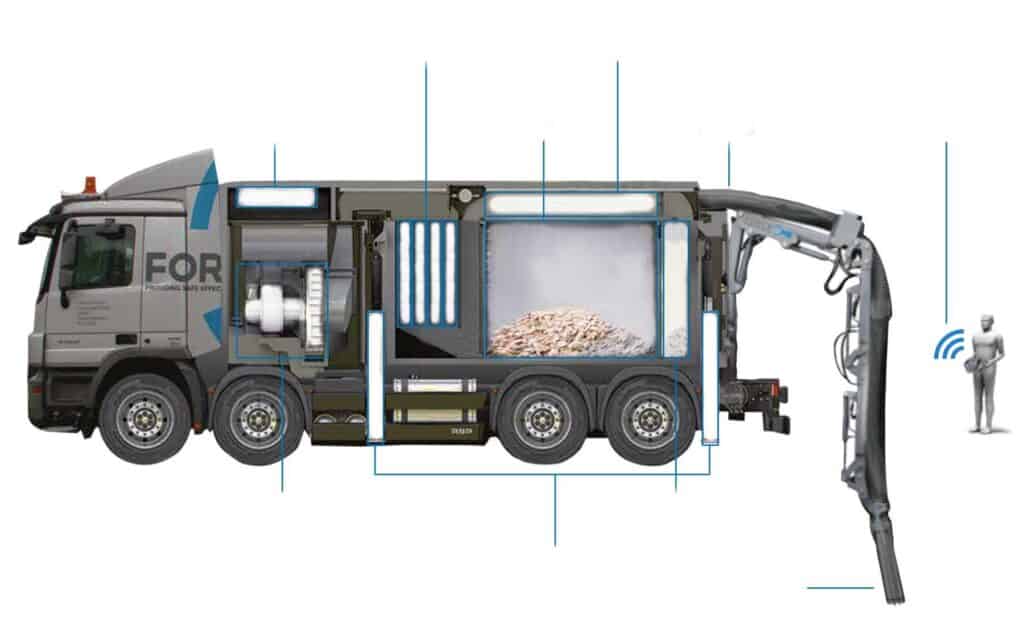
Also known as a vacuum excavator, a suction excavator operates the same way a pressure vacuum does. It features a built-in water jet system that uses high pressure to loosen soil or blast material- in underground projects or cases where you don’t want to cause damage- and sucks the debris out with a suction pipe at a speed of 200miles per hour.
The pipe also features sharp teeth that break the debris as it sucks it up. The disadvantage of this type of excavator is that you cannot use it for large-scale projects because the suction pipe is only 1ft in diameter.
Skid steer excavators

Skid steers are the ideal excavators for areas with limited spaces. This is because the boom and bucket face away from the operator, allowing the attachment to reach over the cab so that you can maneuver it easily even in narrow spaces.
Although they do not perform well on uneven or slippery surfaces because of their wheels, skid steers are a fantastic tool for residential work, digging pools, and other small projects.
Long reach excavators

A long-reach excavator has an extendable boom and arm that can stretch to areas that are hard to reach so that you can safely excavate from a distance. You can extend the arm from 40 to 100 feet away and even add different attachments for other tasks like shearing, crushing, etc.
Another unique feature of long-reach excavators is that some run-on wheels while others track; so that you can find one that works well in any terrain or project site.
For your demolition projects over a water body, dredging operation, or large digging project, this could be the solution you need.
Hydraulic shovels

Hydraulic shovels, also known as power shovels, can handle most heavy-duty jobs, especially in mining projects. They feature a powerful engine and large buckets, which may be too large for some projects unless it requires hauling large rocks, lifting heavy minerals or materials, or heavy digging jobs.
Amphibious excavators

This type of excavator will stay afloat in shallow water or work on soft terrain while dredging to remove debris and sediments at the bottom of the water. An amphibious excavator works well for any dredging in shallow water areas up to 9 meters.
So, if you intend to clean industrial waste ponds, remove mud or stones, or clear off sediments from the dam reservoir of a hydroelectric power plant, etc., this type of excavator is efficient enough to handle the job.

What are the different attachment tools of an excavator?
All excavators are versatile- some more than others. Whatever your needs are, you can alter the use of an excavator using the attached tools to meet them.
Here are some of the popular excavator attachment tools that can enhance your productivity.,
Bucket
Every excavator requires a bucket and that’s why it is the most common attachment tool. Nevertheless, they come in different sizes for various purposes. For instance, buckets with teeth are best for digging and trenching.
Augers
If your project requires drilling and boring into the ground, you will need an auger for this purpose. These are powered by hydraulic circuits that allow you to dig holes quickly and efficiently in different conditions. Like buckets, augers also come in different sizes and specifications for different uses.
Breaking hammer
For every hard surface- stone, rock, asphalt, concrete pavement- you need to break, a hammer will handle the job efficiently.
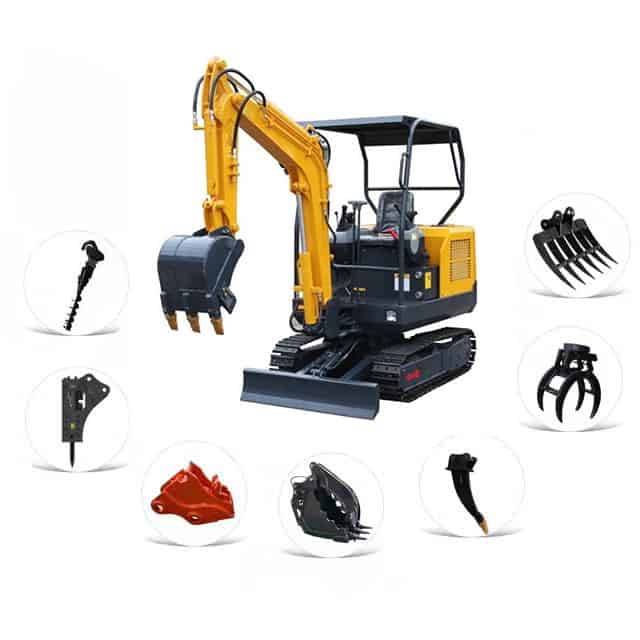
Quick coupler
When you need multiple tools on your excavator, a coupler, also known as a quick hitch, allows you to swap between tools and attachments without a crew. This will save you time and money and even improve your team’s productivity.
Ripper
Like a hammer, the ripper tears through hard surfaces without much effort from the operator. It is the perfect attachment tool for moving trees, breaking the ice, or ripping through solid pavement or rock.
Thumbs
Thumbs are like the extra hand the bucket needs to carry things larger than its capacity. They are like a clamp that holds down large materials inside a bucket so that you might move it without it falling off.
Rakes
If you need to clear debris at your job site, a rake will do the job effectively.
Grapples
A grapple is popular for demolition, construction, waste disposal, and forestry projects and controlled by hydraulics and features two curved clamps that grab firmly onto materials.
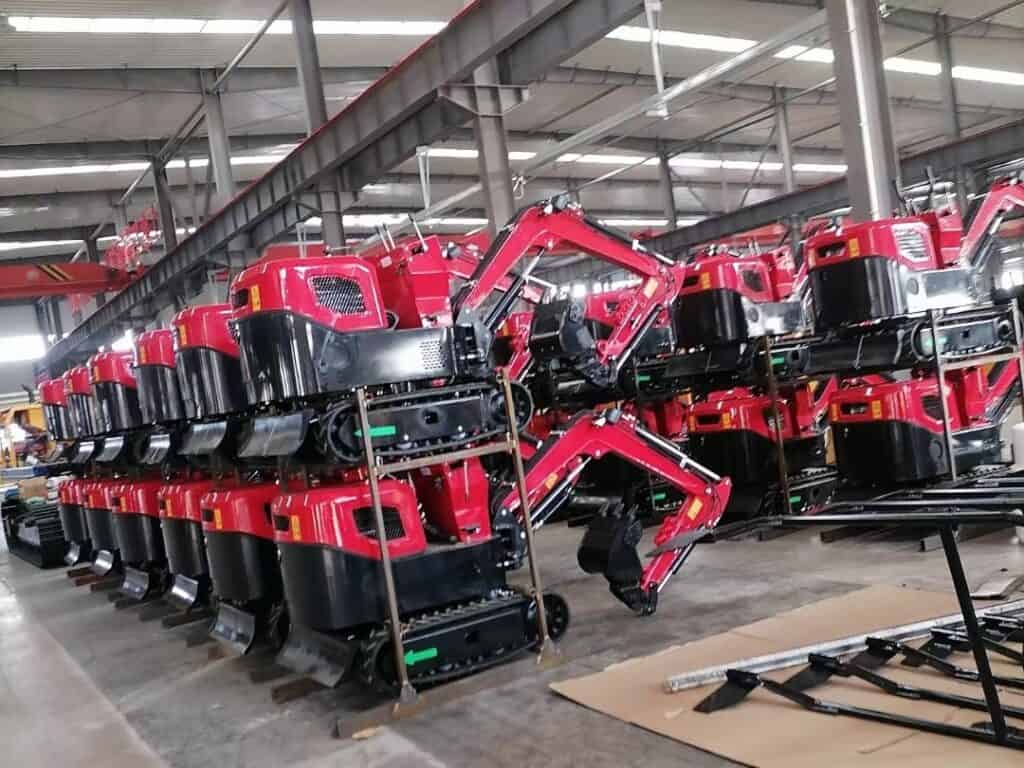
Conclude:
There are many types of excavators, and also many types of construction machines. Depending on which task you intend to use the excavator for, there could be many options. Whatever it is, you can search our latest blog for more information. Surely, you are always welcome to contact us to acquire the most assistance.

